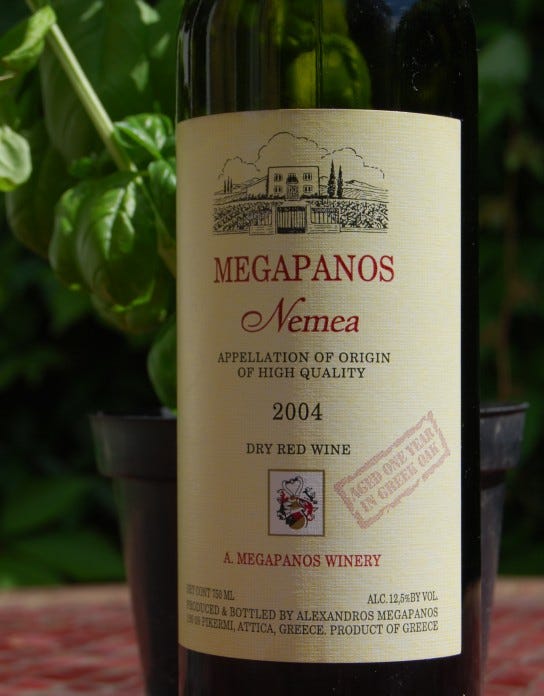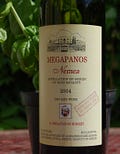Exotic Agiorgitiko

Megapanos - attractive but now superceded branding
The Greek wine industry could have done without the nation having a financial crisis, it was hardly having an easy ride as things were. This is a shame, because there is much high quality wine-making on both the mainland and the islands. For those that think Greek wine begins with Retsina and ends with …
Keep reading with a 7-day free trial
Subscribe to The Morning Claret to keep reading this post and get 7 days of free access to the full post archives.



